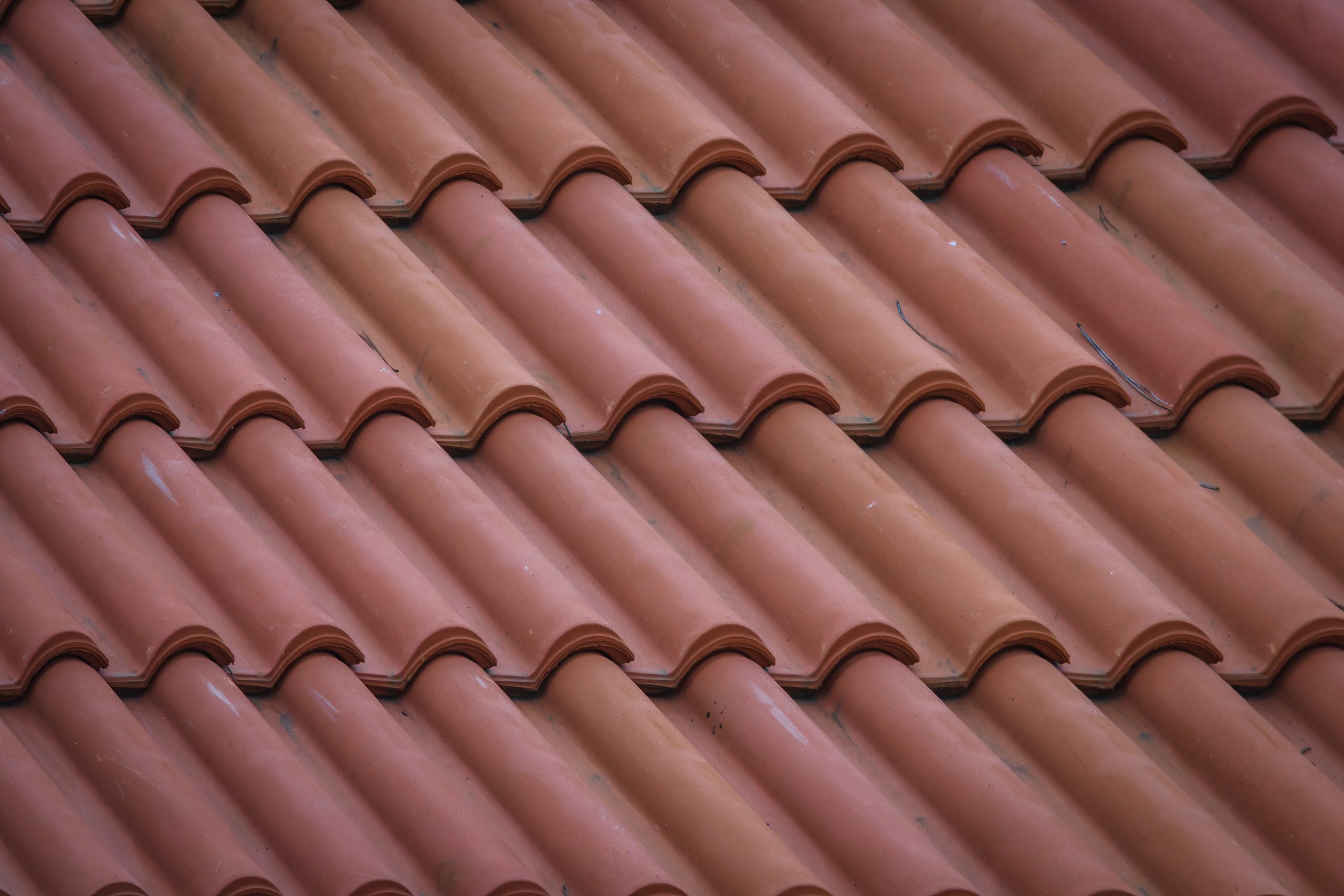How To Measure A Roof For Metal Roofing Installation

Table of Contents
Installing a metal roof is a significant investment in your property, and it starts with one crucial step: accurate measurement. Measuring your roof correctly is essential for determining how much roofing material you’ll need, which directly impacts the cost and efficiency of the project. Here’s a guide to help you measure your roof for metal roofing installation. Click here to learn more about metal roofing.
Understanding the Roof’s Structure
Before you start measuring, it’s important to understand the structure of your roof. Roofs can have various shapes and features, such as gables, hips, valleys, and dormers, which can complicate the measurement process. Familiarize yourself with these terms and identify them on your roof to ensure a more accurate measurement process.
Basic Tools Needed
For measuring a roof, you’ll need some basic tools:
- A measuring tape (long enough to measure the roof’s length and width)
- A ladder (to safely access the roof)
- A notebook and pen (for recording measurements)
- A calculator (for calculating area and any necessary conversions)
- Safety gear (such as a harness, if you’re going on the roof)
Step-by-Step Measurement Guide
- Measure the Roof’s Length and Width: Start by measuring the length and width of your roof. If you have a simple gable roof, you can measure the length and width of the ground floor and add overhangs to these measurements. For more complex roofs, you may need to measure each roof section separately.
- Calculate the Roof’s Area: Once you have the length and width, calculate the area of each section of the roof (length x width) and add them together to get the total roof area. For a gable roof, this is straightforward, but for more complex roofs, you’ll need to calculate the area for each section and then sum them up.
- Account for the Roof Pitch: The pitch or slope of the roof affects the total area. A steeper roof has a larger surface area than a flat one. To measure the pitch, place a level against the roof and measure the 12-inch mark from the level to the roof surface. This measurement is the “rise” of the roof. The slope is then expressed as a ratio of the rise over a 12-inch “run.”
- Add for Waste and Overlap: It’s important to add extra material to account for waste and overlap, especially for metal roofing. Generally, add about 10% to 15% extra to your total area calculation to ensure you have enough material.
- Consider Unique Features: If your roof has valleys, dormers, or hips, these will require additional metal and more complex measurements. It’s crucial to measure these areas carefully and consider the additional material needed for them.
Tips for Accurate Measurement
Accurate measurement is a cornerstone of successful metal roofing installation. It’s not just about getting the right length and breadth; it involves a comprehensive understanding of the entire roof’s structure, including its nuances and complexities.
Double-Check Measurements
Accuracy in measurement is enhanced by repetition and verification. It’s advisable to measure each section of the roof more than once. This practice is crucial in verifying the accuracy of your initial measurements and minimizing the possibility of errors. After measuring the length and width of each roof section, it’s beneficial to cross-check these figures against the total area calculations. This additional step helps ensure that all measurements are consistent and reliable.
Use Advanced Tools for Complex Roofs
For roofs with complex designs and hard-to-reach areas, advanced measuring tools can significantly improve accuracy. Laser measuring tools are particularly useful in these scenarios, offering precision that traditional tools might not provide. Additionally, various roofing software tools are available that can assist in providing accurate measurements. These tools often utilize aerial imagery and other advanced data, which can be particularly helpful in complex measurement scenarios.
Account for Roof Features
When measuring your roof, it’s crucial to consider individual elements like chimneys, skylights, or dormers. These features require additional material for proper sealing and fitting, so they must be measured separately and factored into the overall material requirement. Additionally, don’t overlook the roof overhangs. They often get missed but are essential parts of the total roof area that will need metal roofing coverage.
Understand the Roof Slope
The slope or pitch of the roof is another critical factor in measurement. A steeper roof will have more surface area than a flatter one. For those not comfortable with calculating the pitch manually, online roofing calculators are a handy resource. They can compute the slope based on the rise and run, helping you adjust your material order accordingly.
Seek Professional Advice for Material Estimates
Consulting with a roofing contractor or supplier when ordering materials can be incredibly beneficial. Their experience can provide insights that prevent costly over or under-ordering of materials. Some suppliers even offer material calculation services based on your measurements, which can be a very valuable resource.
Regularly Calibrate Your Measuring Tools
Ensuring the accuracy of your measuring tools is as important as the measurement process itself. Tools like tape measures can stretch or wear over time, leading to inaccurate readings. Regular calibration of these tools is essential for maintaining measurement precision.
Document Everything
Keeping a comprehensive record of all measurements, including roof layout diagrams or sketches, is extremely useful. This documentation is not only helpful for cross-referencing but also proves invaluable when consulting with roofing professionals. It serves as a clear guide and reference throughout the roofing project.
Safety First
Prioritizing safety during the measurement process cannot be overstated. If accessing the roof is necessary, proper safety gear should be used, and safety protocols followed. For steep or high roofs, it’s often safer and more accurate to hire professionals to perform the measurements.
Consider Seasonal Variations
It’s important to remember that roofing materials can expand and contract with temperature changes. If measuring in extreme temperatures, slight adjustments in calculations might be necessary to account for these variations.
Stay Informed About Roofing Standards
Being aware of the roofing industry standards and practices can significantly aid in the measurement process. Knowing the standard dimensions of metal roofing materials can guide your estimations, ensuring that your calculations align with the sizes available in the market. This awareness helps in planning the layout and ordering of materials more efficiently, reducing the risk of excess or shortage.
Conclusion
Measuring your roof for metal roofing installation requires precision and attention to detail. Accurate measurements ensure that you purchase the right amount of materials, keeping your project within budget and minimizing waste. If you’re unsure at any point, consulting with a roofing professional can provide peace of mind and ensure the success of your roofing project. Proper preparation in the measurement phase lays the groundwork for an efficient and successful metal roof installation, safeguarding your investment and enhancing the longevity and performance of your new roof.






